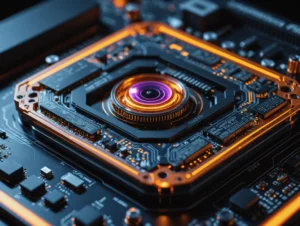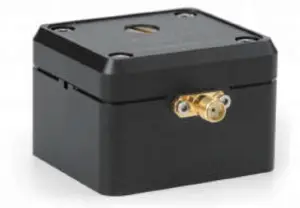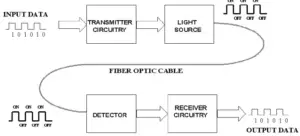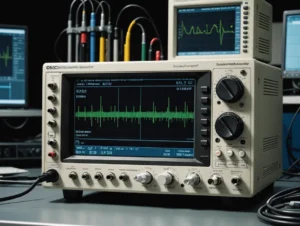Passive optical components play a fundamental role in silicon photonic circuits, and they are typically analyzed using wave propagation techniques such as FDTD (Finite-Difference Time-Domain) and EME (Eigenmode Expansion Method). These techniques can simulate a variety of passive devices, such as waveguides, Y-branches, couplers, and splitters, which are essential building blocks in photonic systems.
Key Properties of Passive Optical Components
Passive devices are considered linear and time-invariant, which means their behavior is reciprocal. In reciprocal components, if two ports are swapped, the optical response remains identical. This property helps to validate simulations, as the response should be the same when simulating forward and backward propagation.
Example: Y-Branch
A common passive device is the Y-branch. In ideal conditions, this device causes a 50% insertion loss, irrespective of which input port is used (either the single port or one of the two output ports). However, when using reciprocity in simulations, it’s crucial to ensure that the same optical mode is maintained at both the input and output ports.
For example, in reverse operation, if more than one mode propagates in the waveguide, simple power measurements will not be accurate. Instead, modal decomposition is required to measure the power associated with each mode.
Geometric Symmetry in Design
Geometric symmetry, if present, can simplify both the simulation process and design verification. Symmetry can help reduce the complexity of the simulation model and improve computational efficiency. This feature is especially important in the design of compact passive devices, where symmetric structures allow for easier modeling and ensure that S-parameters (scattering parameters) conform to reciprocity and passivity.
Considerations in Modeling
When constructing models for passive optical devices, especially in silicon photonics, it’s essential to account for reciprocity, as this ensures that the device behaves identically for forward and backward propagation. This verification is important for various devices, especially those used in optical circuits for communications and signal processing.
In summary, passive optical components in silicon photonics, such as Y-branches and waveguides, rely on principles of reciprocity and symmetry for accurate modeling. Simulation methods like FDTD and EME play a key role in ensuring that devices perform optimally and consistently across different applications, including optical splitting and coupling.







